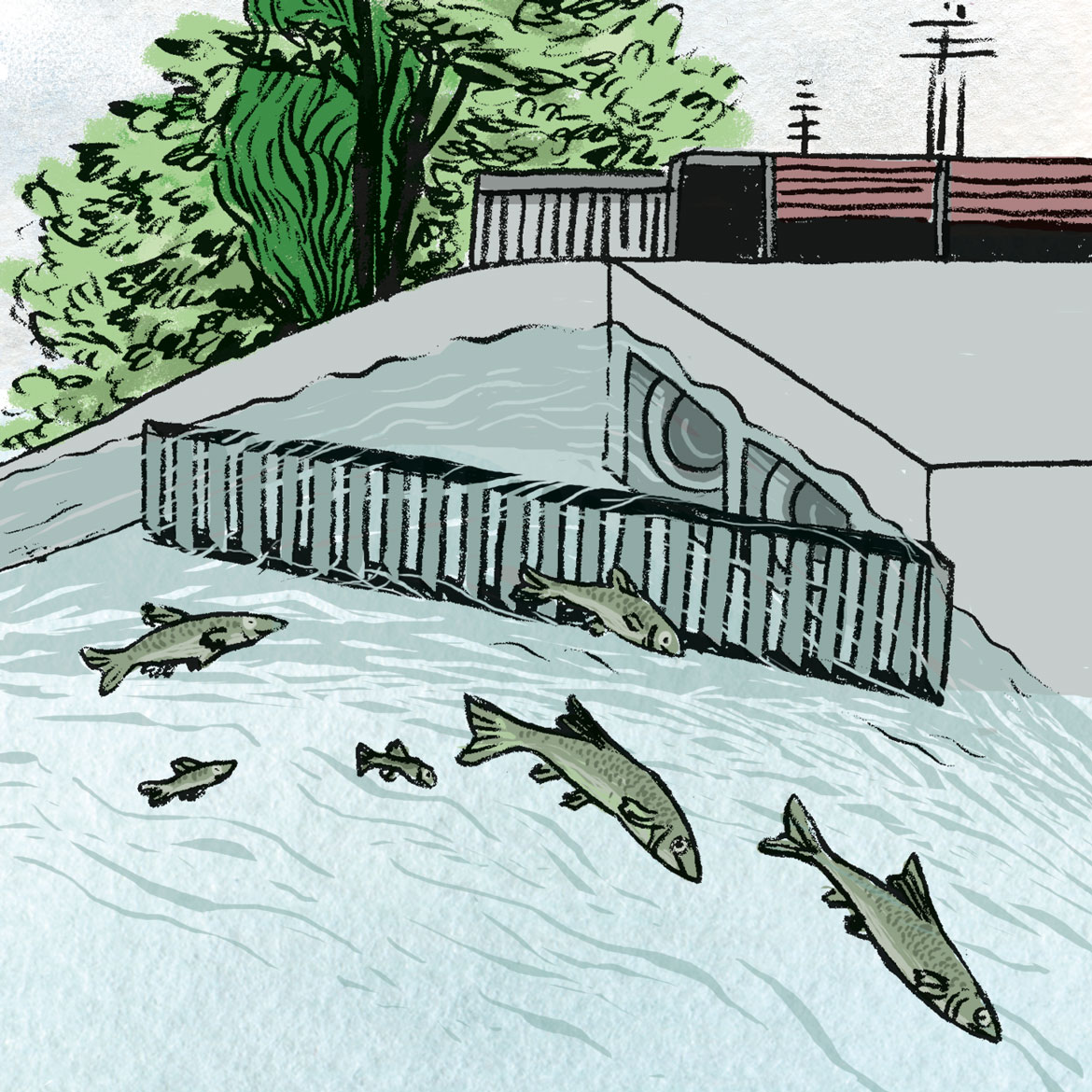Wired-up plants warn of drought
A new sensor, printed directly on a leaf, can detect the onset of dry conditions.

Plants breathe – and lose water – through the pores on their leaves (seen here through an electron microscope). | Image: Wikimedia Commons.
In a world where temperatures are rising, being able to detect the onset of drought will become crucial for many farmers. Nanotechnology might provide a useful tool in this, as shown in a study carried out by the Massachusetts Institute of Technology (MIT). Its lead author Volodymyr Koman, who is funded by the Swiss National Science Foundation, has developed a sensor that uses a plant’s physiological reactions to indicate the onset of dry conditions.
This device monitors the opening and closing of stomata – tiny pores on a leaf’s surface that allow water to evaporate. They open when exposed to sunlight, and close when it goes dark. But what’s of interest here is that when the soil is dry, they open more slowly and shut more quickly, in order to conserve the plant’s water.
The researchers managed to print a strip of organic ink across a single stoma on a leaf. It is less than 10 micrometres wide and contains carbon nanotubes. A current is sent along the strip that is interrupted when the stoma opens, breaking the circuit. By printing sensors on dozens of leaves from different peace lilies, hooking the plants up to a multimeter and monitoring their behaviour for more than a week, the scientists found that dry conditions more than triple the time it takes stomata to open.
Koman says that this real-time monitoring does not damage the leaves, and represents a “striking difference” to previous drought monitoring techniques. He adds that the group is working with a palm-oil producer to monitor the health of the company’s trees.
Michael McAlpine of the University of Minnesota in the US welcomes what he calls an “exciting approach” for monitoring the health of both plants and the environment. But he says it remains to be seen how efficiently the technique can be scaled up to multiple species across large tracts of land, given the time needed to position each sensor.




